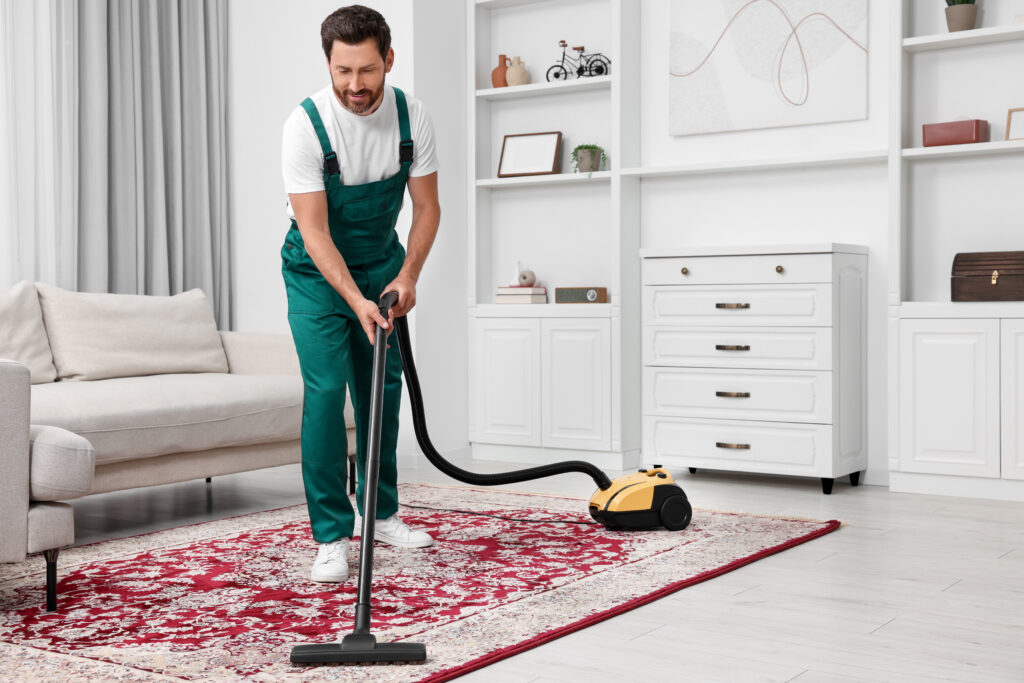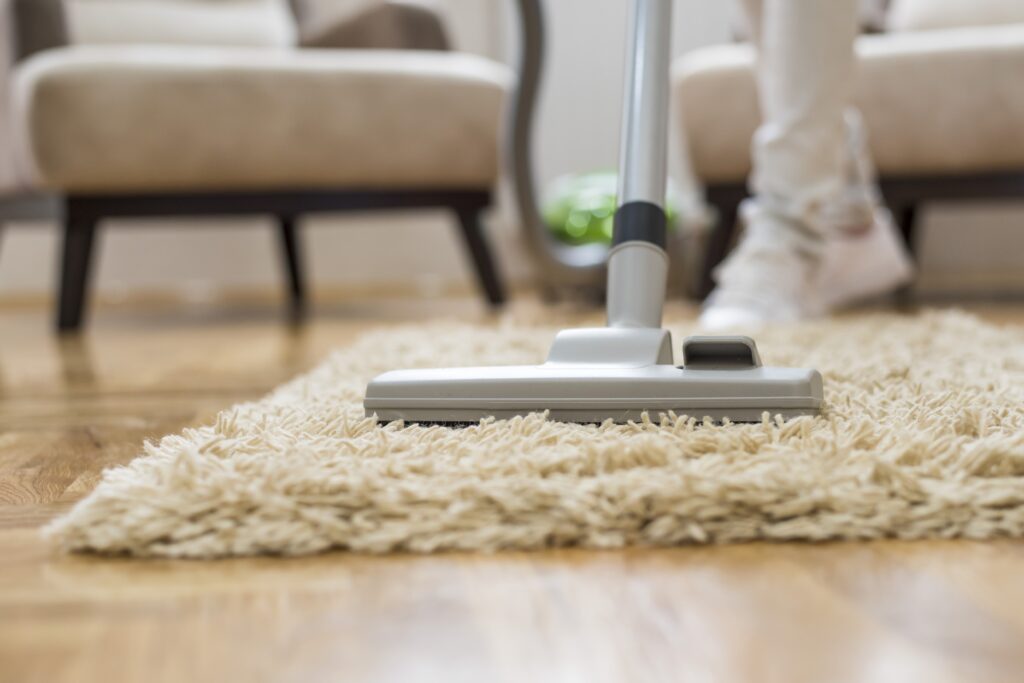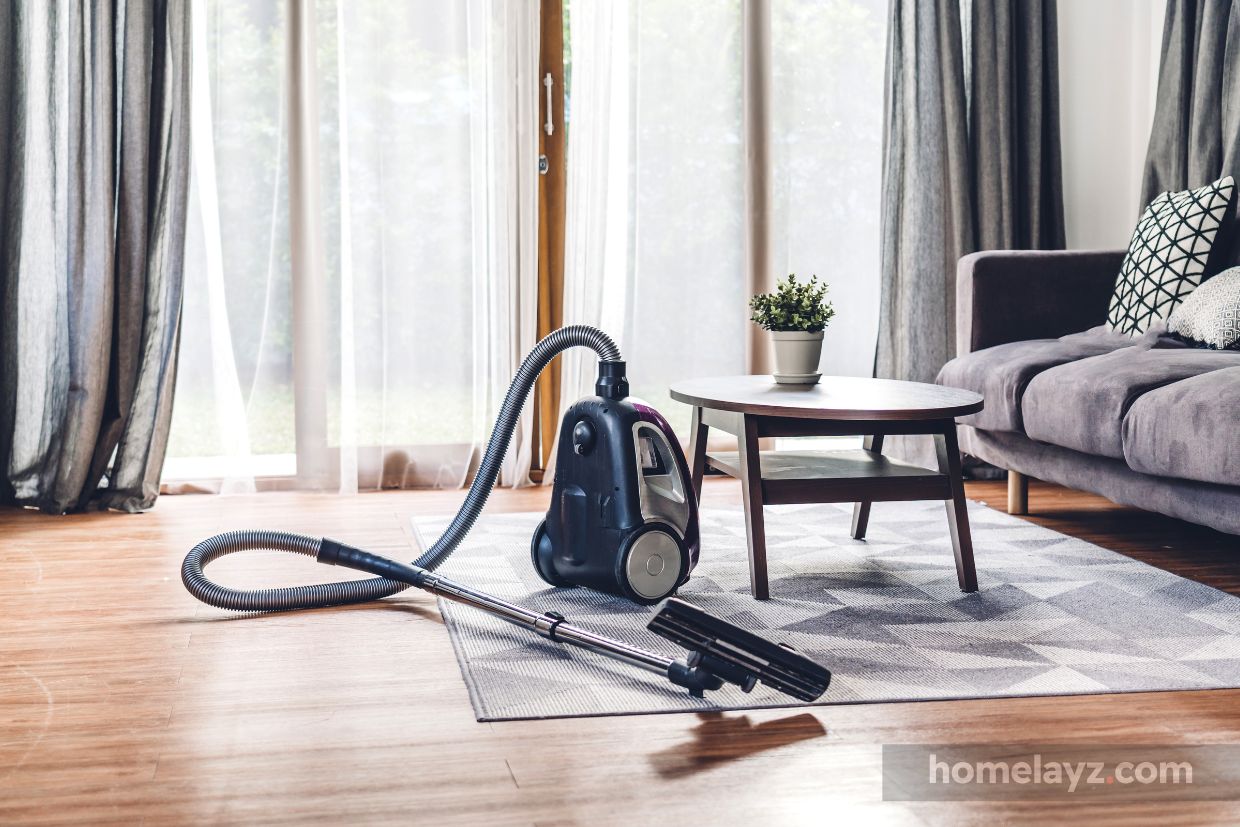Carpeted floors bring unmatched comfort and warmth to a home, but they also trap dust, allergens, and stains that conventional carpet cleaners often fail to address without flooding your indoor space with harmful chemicals. Thankfully, several natural and effective carpet cleaner alternatives exist that offer powerful cleaning without compromising indoor air quality or your family’s health. Below, we outline the best chemical-free carpet cleaning solutions that are not only safe but truly effective.

1. Vinegar and Dish Soap – A Proven DIY Carpet Cleaner
One of the most popular natural carpet cleaner alternatives is a simple blend of distilled white vinegar and natural dish soap. This homemade solution works excellently in most carpet cleaning machines and for spot treatment.
How to Make a Vinegar-Based Carpet Cleaning Solution
- Step 1: HEPA vacuum your carpets thoroughly before cleaning.
- Step 2: Make water warm (not boiling).
- Step 3: Mix ½ cup of distilled white vinegar and 1 tablespoon of non-toxic dish soap in a bucket.
- Step 4: Add warm water to the mixture until you have the volume needed for your machine (usually a gallon).
- Step 5: Pour the solution into your carpet cleaner as directed.
This formula works to break down grime, deodorize, and lightly sanitize. It’s suitable for machines and spot cleaning.
Spot Cleaning Instructions
For targeted stain removal:
- Mix 1 cup vinegar, 1 cup distilled water, and 1 tsp dish soap in a spray bottle.
- Wait 5 minutes after spraying the stain.
- Scrub gently using a soft brush until the stain lifts.
2. Baking Soda – Nature’s Deodorizer
Baking soda is a household staple that works wonders on carpet odors and surface grime. It neutralizes foul smells without leaving synthetic residues behind.
How to Clean Carpet with Baking Soda
- HEPA vacuum the entire carpet.
- Apply baking soda generously on the carpet.
- Let sit for at least 3-4 hours, preferably overnight.
- Vacuum again thoroughly.
For deep odor issues (like pet urine), repeat the process or combine baking soda with vinegar for extra power.
3. Dry Steam Cleaning – Chemical-Free Deep Clean
Dry steam cleaning uses high-temperature vapor to sanitize carpets, lift dirt, and eliminate allergens without soaking the carpet or requiring chemical cleaners.
Benefits of Dry Steam Cleaning
- Kills dust mites, fleas, and mold spores.
- Denatures embedded allergens and fragrance residues.
- Dries quickly — no waiting days for carpets to dry.
- Ideal for homes with pets, babies, or chemical sensitivities.
How to Dry Steam Clean Properly
- HEPA vacuum your carpet thoroughly.
- Spot treat visible stains with a non-toxic cleaner like diluted Branch Basics or vinegar spray.
- Follow manufacturer directions for dry steam cleaner use.
- Allow the carpet to dry for 20–30 minutes.
- HEPA vacuum again to remove loosened dirt and pet hair.
Dry steam cleaners like Ladybug by Advap are often recommended due to their advanced filtration and powerful output.
4. Branch Basics – All-in-One Non-Toxic Cleaning Solution
Branch Basics is a highly-rated, non-toxic concentrate that can replace every cleaner in your home—including carpet cleaners.
How to Use a Carpet Machine’s Branch Basics
- Pre-vacuum with a HEPA-filter vacuum.
- Spot treat with Branch Basics All-Purpose Spray. Let sit 5 minutes.
- Mix 1–2 teaspoons of Branch Basics Concentrate per gallon of warm water.
- Add to your carpet cleaner reservoir and clean as directed.
Spot Cleaning with Branch Basics
- Spray All-Purpose solution directly onto stains.
- Let dwell for 3–5 minutes.
- Use a brush or microfiber cloth gently.
- Wipe clean with a damp cloth.
Branch Basics is free from synthetic fragrances, bleach, ammonia, and formaldehyde, making it ideal for people seeking clean living without toxic exposures.
5. Steam-Only Professional Cleaning – Safe & Effective
Hiring a professional carpet cleaner doesn’t have to mean exposing your home to chemicals. Many companies offer steam-only services, which use hot water vapor alone to sanitize and refresh your carpets.
How to Request Steam-Only Services
- Ask the provider to use steam only, no detergent or added solutions.
- Confirm that the equipment reservoir is cleaned beforehand to prevent cross-contamination.
- For drying, open windows and use fans during and after cleaning.
Important Tip: Steam cleaning (not dry steam) often results in wetter carpets, so allow 24–48 hours for full drying.
Why Avoid Traditional Carpet Cleaners?
Many commercial carpet products are laced with toxic ingredients that can compromise your health and indoor air quality. These include:
- Ammonia: Lung and skin irritant.
- Bleach: Emits toxic gases, causes burns, and affects DNA.
- Butoxyethanol: A glycol ether linked to nervous system damage and environmental harm.
- Formaldehyde-Releasers: Carcinogenic preservatives found in many cleaning products.
- Synthetic Fragrance: A mix of dozens of unlisted chemicals that can trigger asthma and hormonal disruption.
- Instead of cleaning: optical brighteners reflect light on skin.
- Perchloroethylene (PERC): Dry cleaner and carpet product possibly carcinogenic.
- Naphthalene: Toxic solvent used as a deodorizer, linked to respiratory issues and cancer.
- Anionic Surfactants: Common but toxic detergents that persist in the environment.
Even so-called “green” products may contain synthetic preservatives and fragrances. Always cross-check any cleaner in the EWG (Environmental Working Group) Database, and aim for products rated 1 or 2 for safety.

How Often Should You Clean Your Carpet?
The frequency of carpet cleaning depends on foot traffic, pets, and indoor habits:
- Vacuum 2–3 times weekly using a sealed HEPA vacuum.
- Spot clean stains immediately to prevent deep penetration.
- Deep clean high-traffic areas every 3–4 months.
- Steam or dry steam clean entire carpets at least once a year.
Reduce Dirt and Contaminants With No-Shoe Policy
Removing shoes at the door prevents pesticides, bacteria, heavy metals, and SVOCs from embedding into your carpet. Research shows these contaminants can linger for months in soft surfaces—even with regular vacuuming.
FAQs – Carpet Cleaner Alternatives That Actually Work
1. What is the best natural alternative to carpet shampoo?
Vinegar mixed with natural dish soap and warm water is one of the best DIY alternatives to traditional carpet shampoos. It breaks down dirt, lifts stains, and is safe for humans and pets.
2. Can I use baking soda and vinegar together on carpet stains?
Yes, baking soda and vinegar can be combined for effective spot cleaning. Apply baking soda to the stain, spray with vinegar, let it bubble, then scrub and vacuum once dry.
3. Is dry steam cleaning safe for all carpets?
Dry steam cleaning is generally safe, but always test a small, hidden area first. It’s especially effective for allergy sufferers, as it kills dust mites and denatures allergens without chemicals.
4. Are commercial green carpet cleaners safe?
Not always. Some “green” products still contain synthetic preservatives or fragrances. Use the EWG database to vet each product, and opt for brands with transparent, non-toxic ingredients.
5. Does Branch Basics really work on carpet stains?
Yes, Branch Basics is an effective, non-toxic solution for both machine cleaning and spot treatments. It’s safe, fragrance-free, and designed to lift stains without harming your carpet or health.
Final Thoughts
Maintaining clean, fresh carpets doesn’t require chemical cocktails or industrial-strength poisons. Instead, these natural carpet cleaner alternatives provide safe, effective, and environmentally-friendly solutions for every household.
